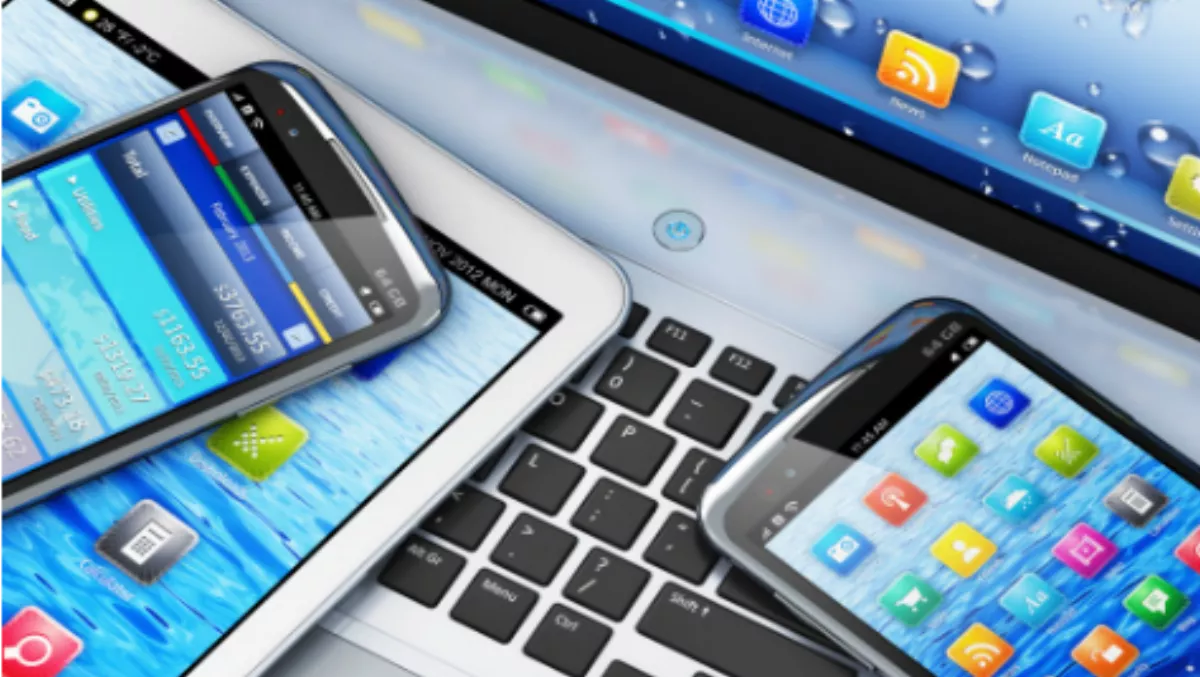
Gartner says 4.9 billion connected 'things' will be in use in 2015
Gartner forecasts that 4.9 billion connected things will be in use in 2015, up 30 percent from 2014, and will reach 25 billion by 2020. It says the Internet of Things (IoT) has become a powerful force for business transformation, and its disruptive impact will be felt across all industries and all areas of society.
"The digital shift instigated by the Nexus of Forces (cloud, mobile, social and information), and boosted by IoT, threatens many existing businesses. They have no choice but to pursue IoT, like they've done with the consumerisation of IT," says Jim Tully, vice president and analyst at Gartner.
This sudden expansion will boost the economic impact of the IoT as consumers, businesses, city authorities, hospitals and many other entities find new ways in which to exploit the technology.
Gartner estimates that IoT will support total services spending of $69.5 billion in 2015 and $263 billion by 2020.
Consumer applications will drive the number of connected things, while enterprise will account for most of the revenue. Gartner estimates that 2.9 billion connected things will be in use in the consumer sector in 2015 and will reach over 13 billion in 2020. The automotive sector will show the highest growth rate at 96 percent in 2015.
From an industry perspective, manufacturing, utilities and transportation will be the top three verticals using IoT in 2015 – all together they will have 736 million connected things in use. By 2020, the ranking will change with utilities in the No. 1 spot, manufacturing will be second and government will be third, totalling 1.7 billion IoT units installed.
"Government will take the No. 3 spot as it invests in smart street and area lighting for energy saving reasons," says Mr. Tully. "Utilities will move to the No. 1 position because of investment in smart meters.
Connected things, such as automated teller machines and airline check-in machines, have previously existed. But, new and novel devices, and many ordinary objects, are also being reinvented with digital sensing, computing and communications capabilities.
This functionality provides both new and previously passive objects with a 'digital voice', and the ability to create and deliver an information stream reflecting their status and that of their surrounding environment. Such developments radically change the value proposition, creating new services and usage scenarios and driving new business models.
Gartner says it is likely that within the next few years, some level of built-in intelligence and connectivity will be regarded as standard, and this will rapidly filter down to mainstream products and services.
"However, CIOs must understand that the most disruptive impact and competitive threats — and, equally, the greatest competitive opportunities — arise not from simply digitalising a product or service, but from creating a new business model and value proposition," says Steve Prentice, vice president and Gartner Fellow.
"Organisations must straddle the tension of all the information available from smart things by balancing their desire to collect and analyse it with the risk of its loss or misuse," Prentice says.
The IoT highlights the tight linkages between information security, information technology security, operational technology security and physical security like never before. Executives now face a decision regarding the future of security in their enterprise and who governs, manages and operates it.
Gartner says that by the end of 2017, over 20 percent of organisations will have digital security services devoted to protecting business initiatives using devices and services in IoT.
The IoT will bring into the digital security architecture dozens of new platform options, hundreds of variations on hybrid IT/IoT integration, new standards per industry, and a new view of an application.
IT leaders will have to accommodate the differences in technologies across those areas and develop a multifaceted technology approach to IoT risk and security. In addition, with some machines producing enormous amounts of data and other sensors sending a handful of bits per day or week, IT leaders will need to balance digital business requirements with digital security realities.
"The number of connected intelligent devices will continue to grow exponentially, giving 'smart things' the ability to sense, interpret, communicate and negotiate, and effectively have a digital 'voice'," Prentice says. "CIOs must look for opportunities to create new services, usage scenarios and business models based on this growth.


